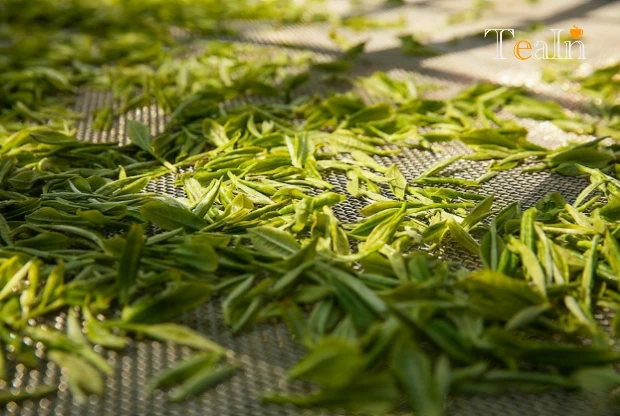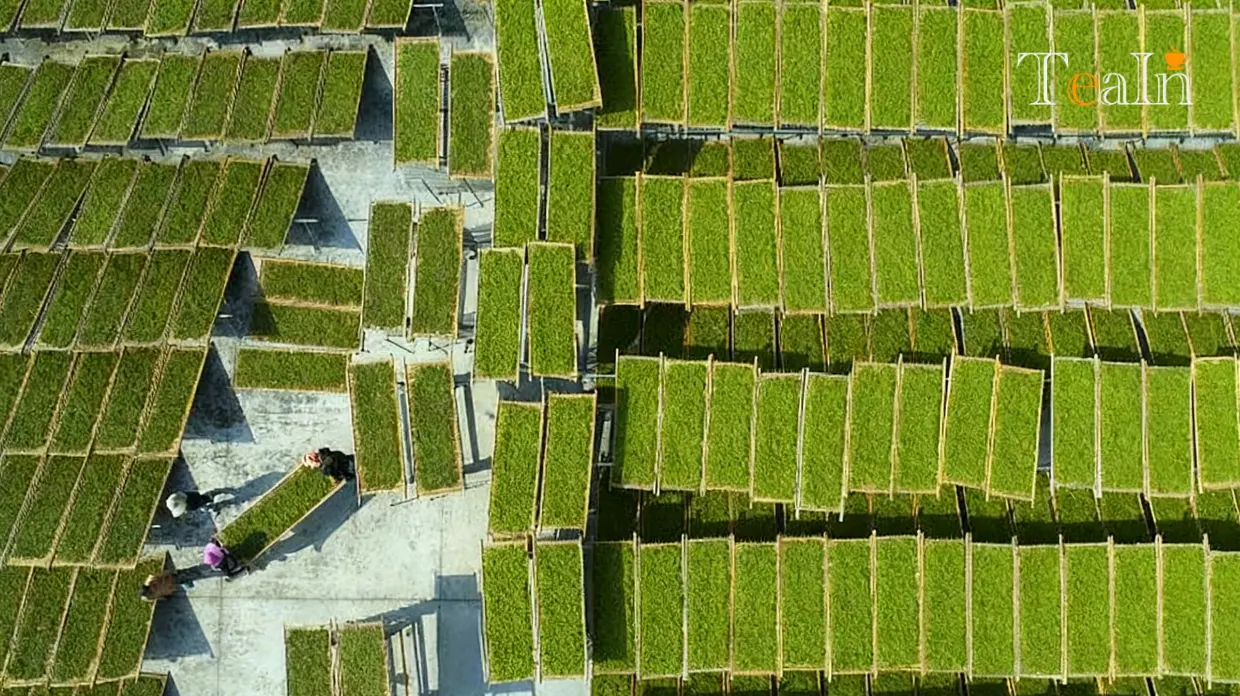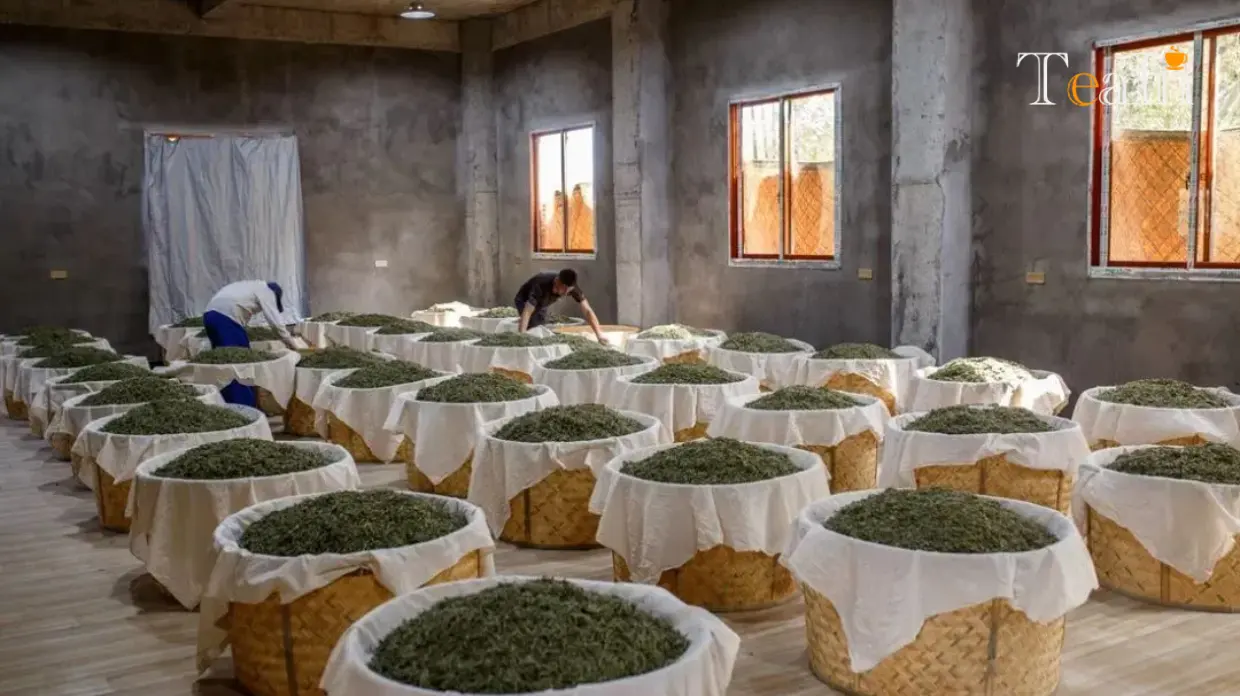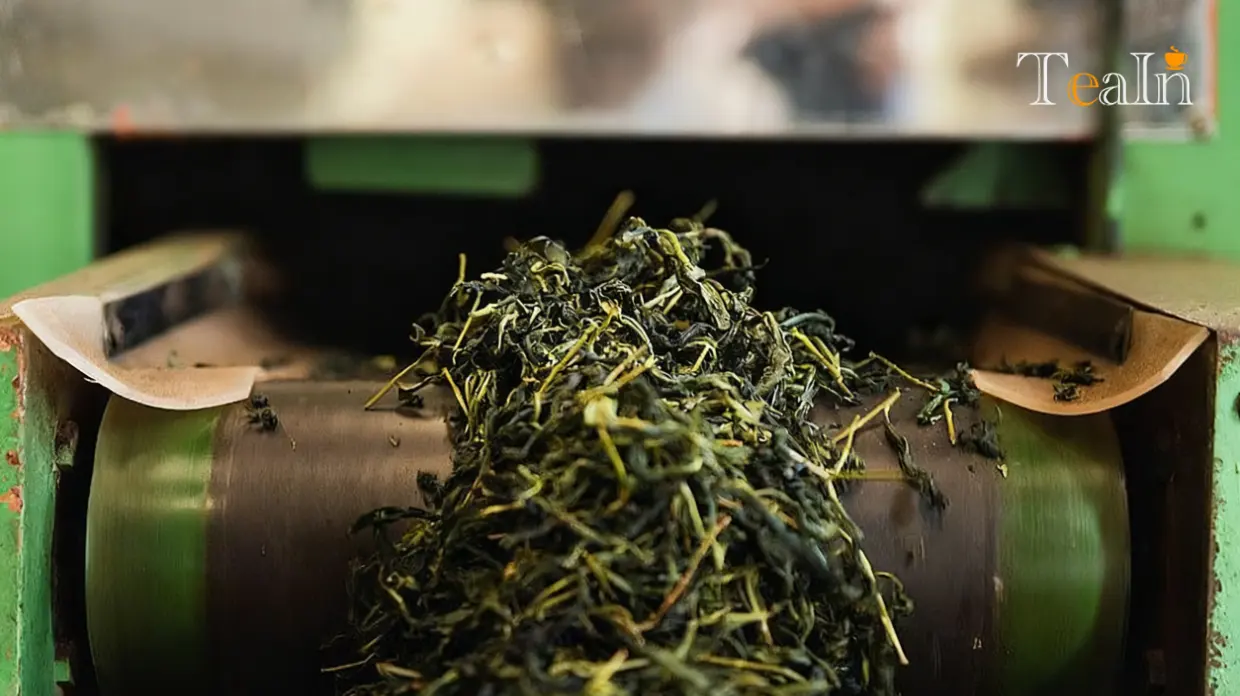How to Choose Between Sun-Dried, Charcoal-Roasted, and Machine-Dried White Tea?

Drying is a crucial step in white tea processing that determines its quality. Unlike other teas that undergo complex processing, white tea requires no pan-frying or rolling, making the drying stage even more important. It not only removes excess moisture from the leaves for storage but also directly influences the tea’s aroma, taste, and potential for later aging. Currently, there are three main drying methods for white tea: sun-drying (a tradition dating back millennia), charcoal-roasting (a technique passed down since the Ming and Qing dynasties), and machine-drying (commonly used in modern production). Each method has unique processing characteristics and creates distinctly different flavor profiles for white tea. Today, we’ll break down the core differences between these three drying methods—from processing details and flavor expressions to ideal scenarios—to help you understand the "drying code" behind a cup of white tea.
1. Sun-Dried White Tea: The Most Natural "Original Drying Method"
Sun-drying is the oldest drying method for white tea, inspired by traditional herbal drying techniques. To this day, some tea farmers in the old tea-growing areas around Mount Taimu in Fuding, Fujian, still preserve this original practice. Tian Yiheng, a scholar from the Ming Dynasty, once commented in Notes on Boiling Spring Water: "For bud tea, those processed with fire are inferior, while sun-dried ones are superior. They are closer to nature and free from smoky flavors." This shows the high regard for sun-drying in ancient times.
Processing Characteristics: Relies on Nature and Tests Experience
While the process of sun-drying seems simple, it requires strict control of the environment and timing. After withering, white tea buds and leaves are evenly spread on bamboo drying mats and placed in a well-ventilated area with diffused sunlight (to avoid intense midday sun). Excess moisture in the leaves slowly evaporates through the heat of the sun and natural air circulation. The entire process is fully dependent on the weather: if it rains, the leaves must be quickly moved to a well-ventilated indoor space, otherwise, high moisture content may cause mold growth. Controlling the intensity and duration of sunlight relies entirely on the tea farmer’s years of experience—insufficient drying leaves residual moisture that harms storage, while over-drying makes leaves brittle and loses their freshness.
Flavor Profile: Fresh and Natural, with a "Sun-Kissed Aroma"
The most prominent feature of sun-dried white tea is its "closeness to nature." When sipped, the tea offers a clear, fresh taste, with aromas dominated by delicate floral notes and downy fuzz scents, plus a hint of freshness like post-rain grass. It’s as if the "taste of sunlight" is infused into the tea soup. This drying method preserves the original qualities of the tea leaves to the greatest extent, with minimal loss of amino acids and aromatic compounds. The sweetness and vitality of new sun-dried white tea are particularly noticeable. However, due to the gentle drying process, the transformation of substances in the leaves is slow. During later aging, its flavor evolves at a "slow and fresh" pace, making it ideal for tea lovers who prefer natural, unadulterated tastes.

2. Charcoal-Roasted White Tea: The "Mellow Technique" of Slow Roasting
Charcoal-roasting as a drying method became popular during the Ming and Qing dynasties and remains an important way to produce high-quality white tea today. Unlike the "natural randomness" of sun-drying, it emphasizes "human control." Through slow roasting over gentle heat, it not only dries the tea but also subtly alters its nature and flavor.
Processing Characteristics: Gentle Heat Control, Tedious but Produces Premium Tea
Traditional charcoal-roasting uses a "bamboo roasting basket over charcoal" method: after withering, the tea leaves are placed in a bamboo basket, with burning charcoal (usually smokeless hardwood charcoal to avoid smoky contamination) underneath. By adjusting the size of the charcoal fire and the height of the basket, the temperature is stabilized at a low range (typically 40–50°C) for long periods of slow roasting. This process is extremely tedious: tea farmers must constantly monitor the charcoal fire and turn the leaves at regular intervals to ensure even heating. Too high a temperature burns the leaves, ruining their freshness and creating a harsh smoky taste; too low a temperature slows drying, leading to astringency from stagnant moisture and hindering later transformation.
Flavor Profile: Mild Nature, Longer-Lasting Aroma
The gentle heat of charcoal-roasting causes subtle changes in white tea: its originally slightly cool nature shifts to mild. When sipped, the tea is no longer just fresh but gains a layer of mellowness, with a smoother texture. In terms of aroma, charcoal-roasting deepens the original floral and downy notes, adding faint woody or honeyed scents that become more lingering as the tea is stored. Typically, charcoal-roasted white tea has greater aging potential. After 1–2 years of storage, the tea soup becomes even smoother, and flavors like herbal and jujube notes gradually emerge. It is perfect for tea lovers who prefer rich, mellow tastes and value long-term tea collection.

3. Machine-Dried White Tea: The "Consistent Choice" for Modern Production
With the increase in white tea output and advances in production technology, machine-drying has gradually become the mainstream method in modern white tea processing. It compensates for the shortcomings of traditional drying methods—such as reliance on nature and low efficiency—by using automated equipment to achieve standardized production, ensuring consistent white tea quality.
Processing Characteristics: Automated Temperature Control, Efficient and Consistent
Machine-drying offers greater controllability. When withered white tea leaves reach 90% dryness, they are placed in professional tea dryers. A hot air system inside the equipment (with temperatures precisely set between 45–60°C) dries the leaves evenly. Modern dryers mostly feature intelligent temperature control and humidity monitoring, adjusting drying time and temperature based on the tea variety (e.g., Silver Needle, Shoumei) and withering degree to avoid human error. This method saves significant labor, is not affected by weather, and enables continuous production, making it especially suitable for large-scale white tea processing.
Flavor Profile: Balanced and Consistent, Suitable for Daily Drinking
The most notable feature of machine-dried white tea is its "balance." Precise temperature and time control ensure even loss of substances in the leaves. The tea soup retains the natural sweetness of white tea without excessive dryness or stagnation caused by improper drying. Its aromas are dominated by fruity and sweet notes, with a smooth taste and no obvious flaws. Additionally, flavor differences between batches are minimal, meeting the public’s demand for "consistently good-tasting" white tea. Machine-dried white tea is more suitable for daily drinking—no long waiting for aging is needed; you can enjoy its fresh, palatable taste as soon as you open the can.

4. No "Best" Option, Only "Most Suitable": How to Choose Based on Needs
There is no absolute "superior" drying method; each caters to different needs and preferences:
- If you prefer natural flavors, pursue the freshness of new tea, and don’t mind limited output or slightly higher prices, sun-dried white tea is an ideal choice.
- If you enjoy mellow, rich tastes, plan to collect white tea long-term, and want to experience the slow transformation of tea over time, charcoal-roasted white tea is more suitable.
- If you value convenience for daily drinking, consistent flavor, and high cost-effectiveness, machine-dried white tea meets these needs.
Regardless of the drying method, the core of choosing white tea lies in "raw material quality" and "storage conditions." High-quality fresh leaves are the foundation, and once dried, the tea must be stored in a dry, dark, and odor-free environment to fully showcase its flavor potential. Drying is like a "flavor enhancer" for white tea—it does not alter the tea’s essence but reveals its charm in more diverse ways, allowing tea lovers with different preferences to find their perfect match.
